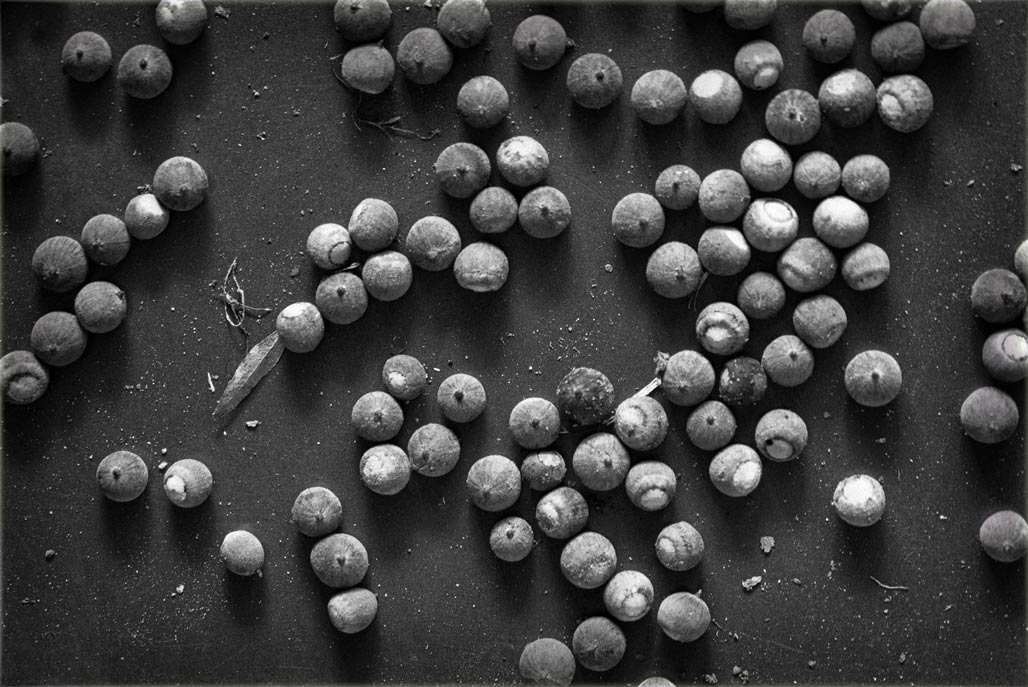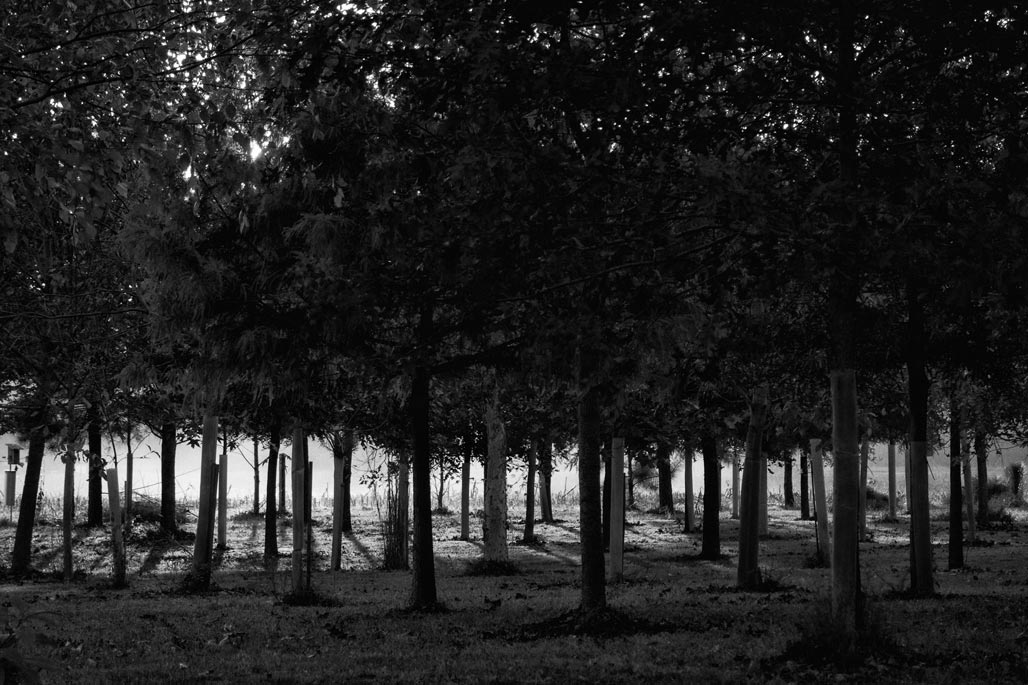
tree tubes

photography from the Chesapeake Bay watershed by Bill Emory

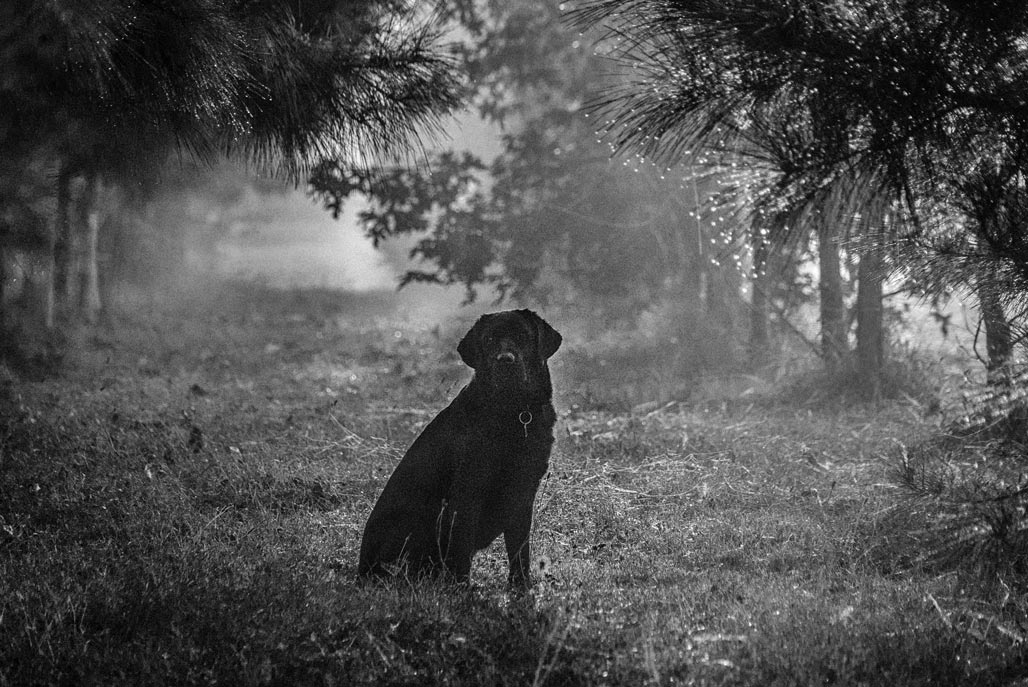
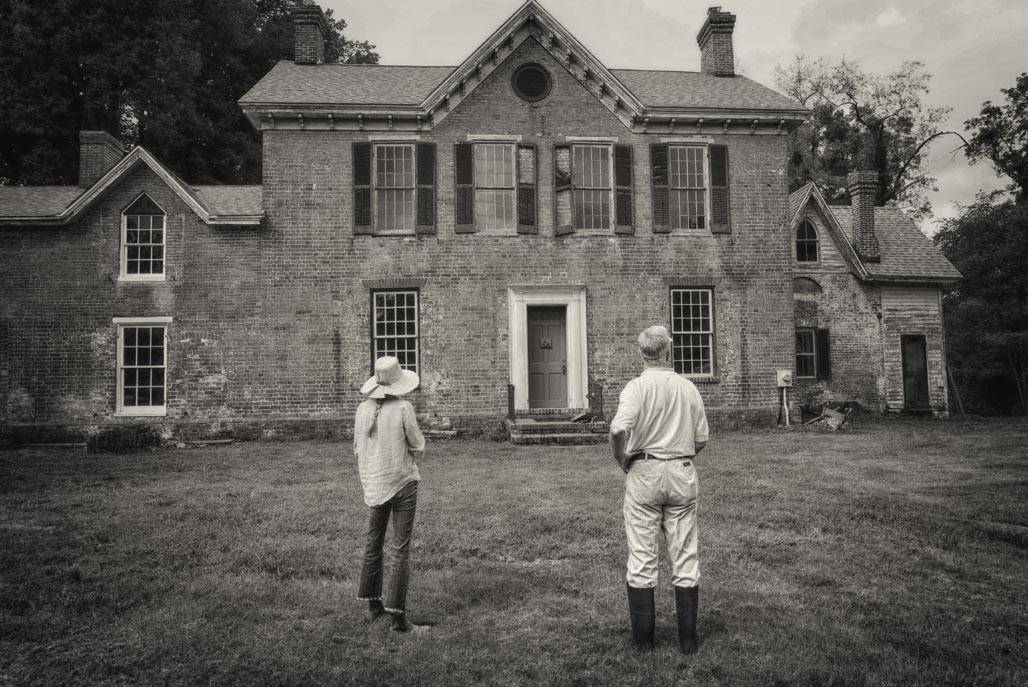

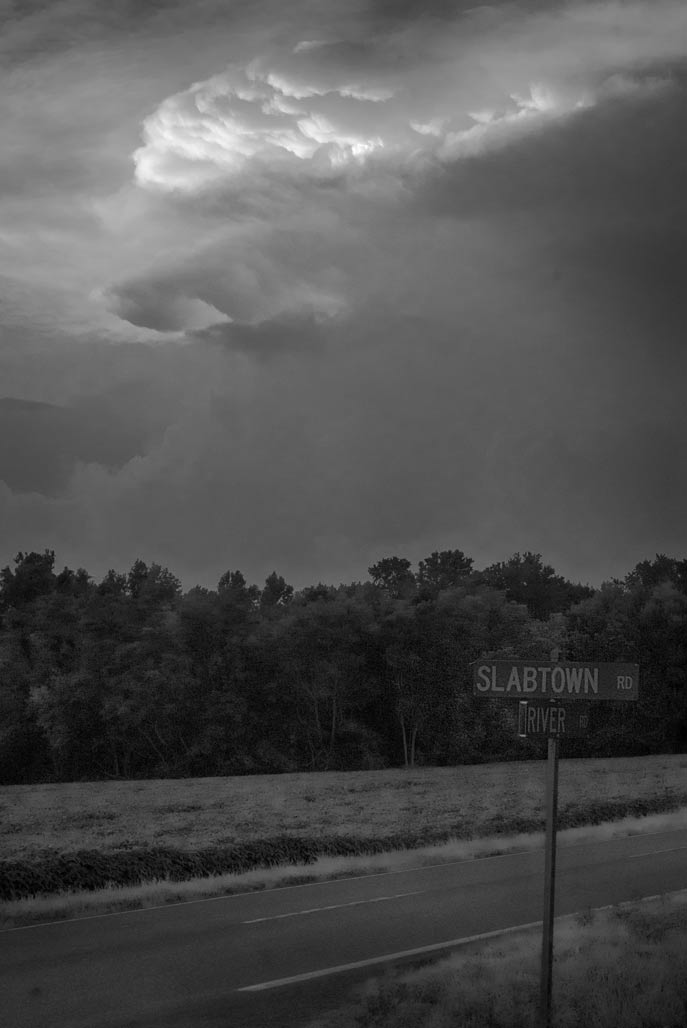

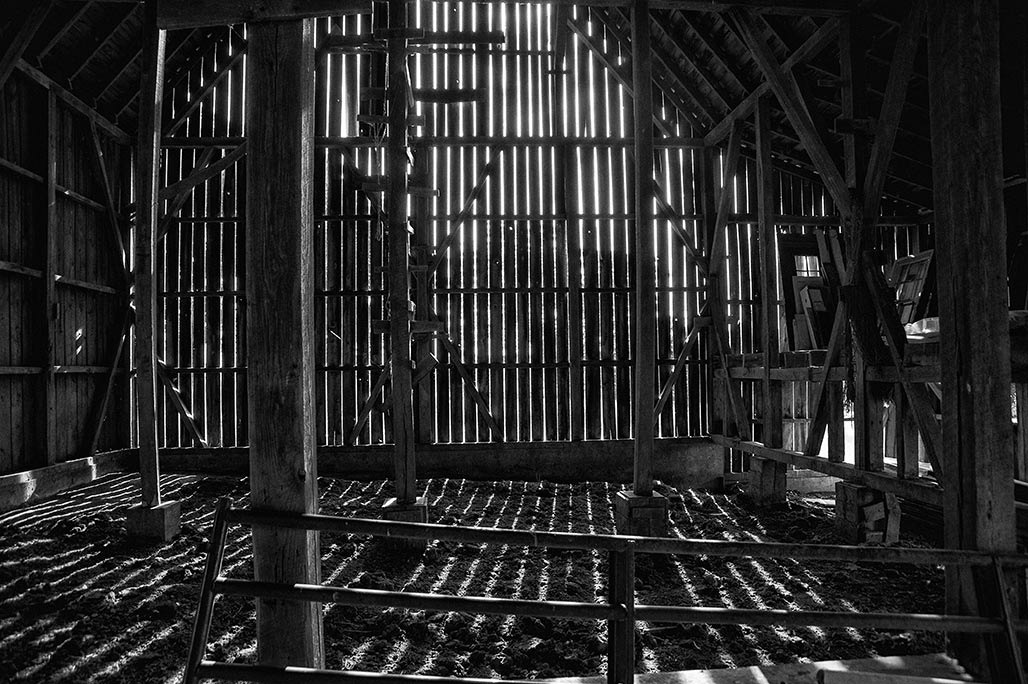
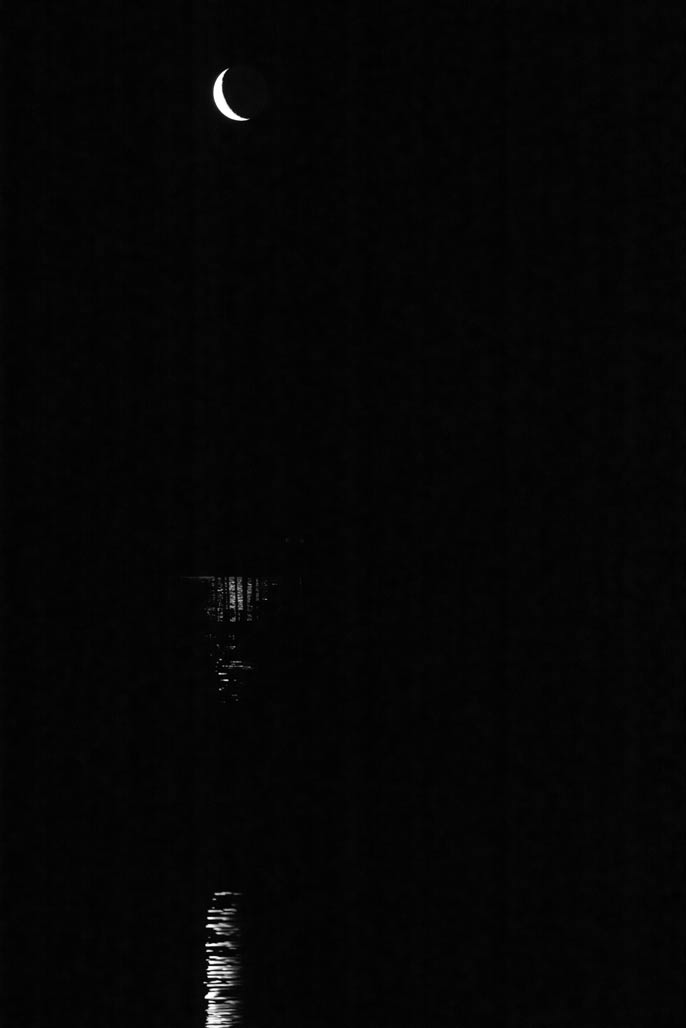
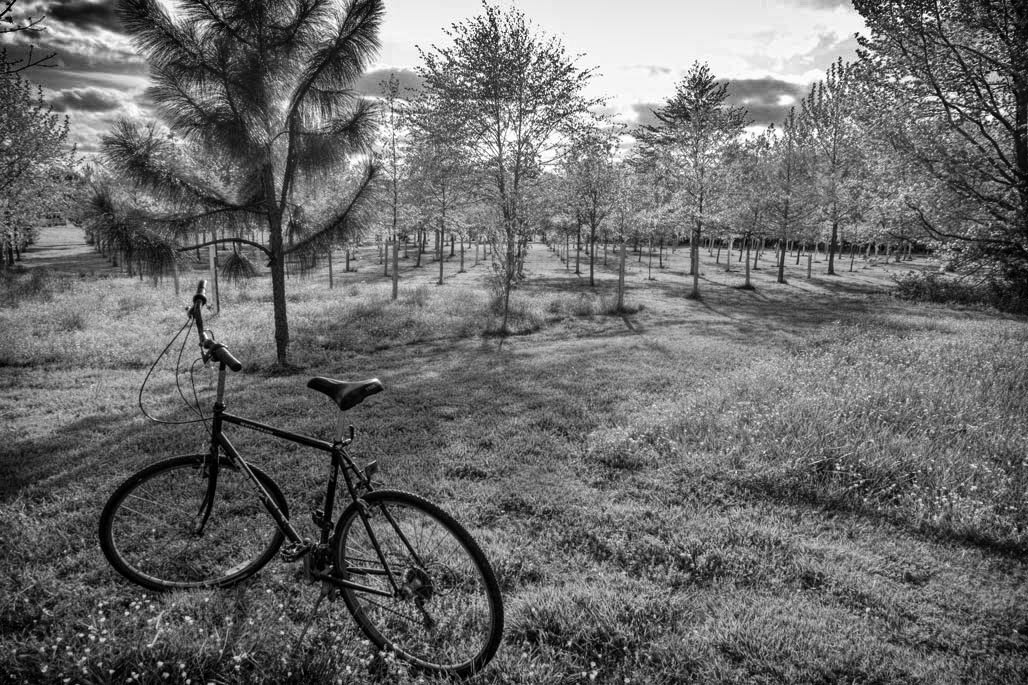
Questing!
The lone star tick is widely distributed across the East, Southeast, and Midwest United States. It lives in wooded areas, particularly in second-growth forests with thick underbrush, where white-tailed deer (the primary host of mature ticks) reside. Lone star ticks can also be found in ecotonal areas (transition zones between different biomes) such as those between forest and grassland ecosystems. The lone star tick uses thick underbrush or high grass to attach to its host by way of questing. Questing is an activity in which the tick climbs up a blade of grass or to the edges of leaves and stretches its front legs forward, in response to stimuli from biochemicals such as carbon dioxide or heat and vibration from movement, and mounts the passing host as it brushes against the tick’s legs. Once attached to its host, the tick is able to move around and select a preferred feeding site.–Wikipedia
